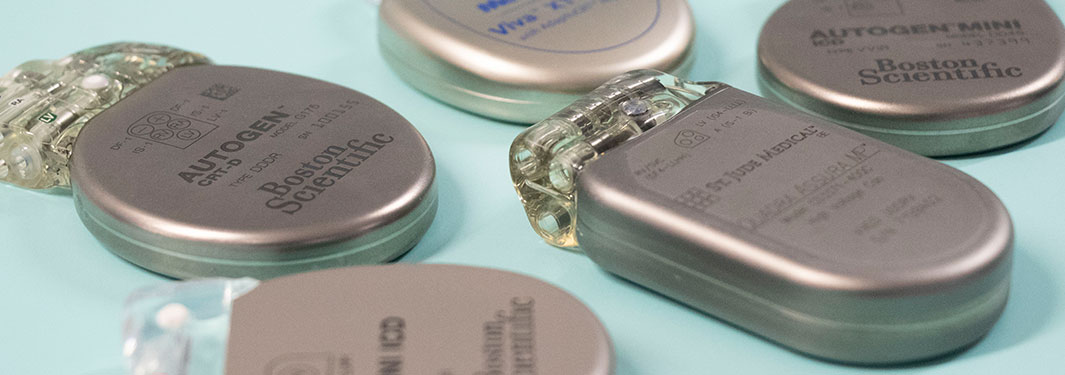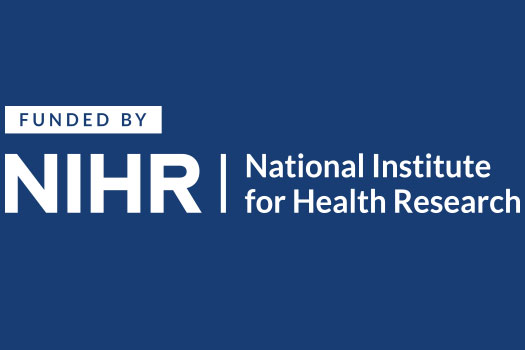Pacemaker therapy for HCM

Full Title: A randomised clinical study to test the efficacy of distal ventricular pacing for pressure gradient reduction across the site of mid-cavity obstruction in patients with inherited cardiomyopathy
Short Title: Pacemaker in HCM
Sponsor: Barts Health NHS Trust
Funder: NIHR Fellowship Award
Chief Investigator: Dr Sam Mohiddin
Co-Investigators: Dr James Malcolmson, Barts Heart Centre
Contact: saidi.mohiddin@nhs.net
Registration: https://www.clinicaltrials.gov/study/NCT03450252
Study Design: Randomised, controlled crossover trial
Objectives:
- To assess the efficacy of distal ventricular pacing in reducing the pressure gradient at the site of mid-cavity obstruction in patients with inherited cardiomyopathy
- To compare patient-reported outcomes during periods of active pacing and back-up pacing
Number of Participants: 25
Devices Used: Cardiac pacemaker
Study Duration: 12 months
Location: Barts Heart Centre, London
Summary: Inherited cardiomyopathy can cause obstruction and abnormally high pressures within the heart, leading to symptoms that are often not well managed by medication alone. A novel pacing technique has been developed using a cardiac pacemaker to target this mid-cavity obstruction, aiming to relieve these pressures and associated symptoms.
The Pacemaker in HCM study was designed to test whether this new technique could offer clinical benefit. Patients in the study received both an active treatment period (with distal ventricular pacing) and a non-treatment period (with back-up pacing) in a randomised, crossover manner. This allowed for direct comparison of symptom improvement within the same individual.
Previous use of the pacing method showed varying outcomes across patients, highlighting the need for this formal evaluation. After both six-month periods, participants reported which phase they felt better in, and only then was it revealed which was the active treatment phase. The results will help determine whether targeted pacemaker therapy should be adopted more widely for treating symptoms in patients with obstructive cardiomyopathy.
